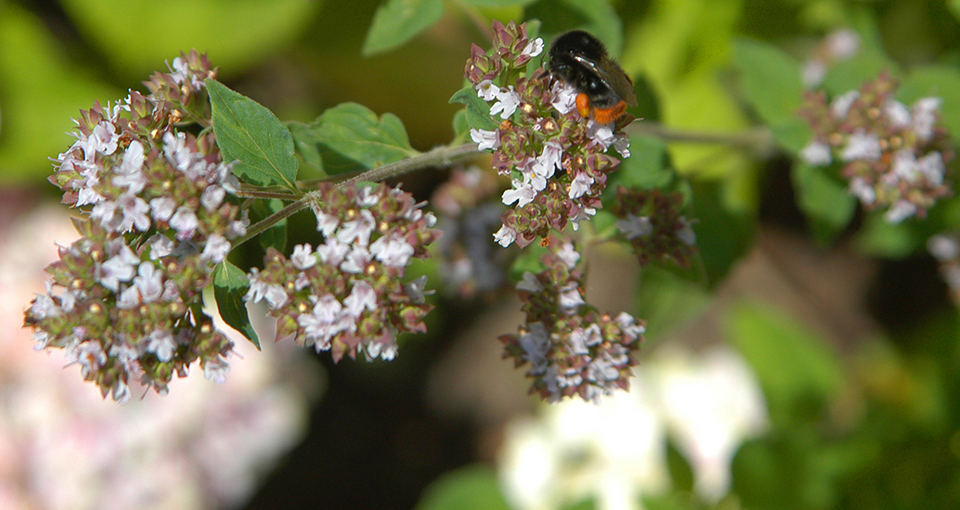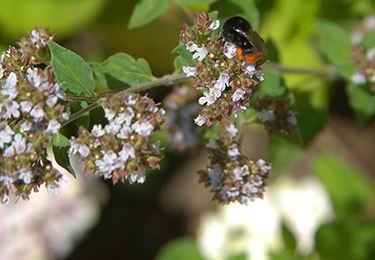
Watchlist
You can print out your watchlist and use it as a reminder for your purchase in the pharmacy.
Your watchlist currently contains no products.
Print


Oregano
Oregano
Botanik
Also known as the “mountain glory”, the wild oregano (Origanum vulgare), adorns the barren Greek hillsides, but it is native throughout Europe. Like marjoram, it belongs to the Origanum genus and is also called wild marjoram, due to the ingredients they have in common. Rubbing its leaves releases its characteristic, aromatic aroma, which has helped it to become a popular kitchen herb. The leaves and blossoms of the Origanum vulgare, which are removed from the stems and dried, are known as Herba origani (Dostenkraut).
mehr
Geschichte
Oregano was not used much in German cuisine in earlier times. In Spain and Italy, however, its fresh or dried leaves have long been used for spicing tomato dishes and roasted food. Its tradition goes even further back, as it was long used by the ancient Greeks and the Romans for culinary purposes.
mehr
Inhaltsstoffe
Essential oils (0.15-0.4%) varying in composition depending on the location, but basicallyrich in monoterpene hydrocarbons such as limonene, α- and β-pinene, ocimene and ρ-cymen, sesquiterpene hydrocarbons, such as caryophyllene and β-bisaboles, terpenphenol Carvacrol, as well as linalool, α- and γ-terpines, myrcene and thymol; furthermore flavones and flavone glycosides, phenolic carboxylic acids, as well as their derivatives, Rosemic acid; flavonoids
mehr

